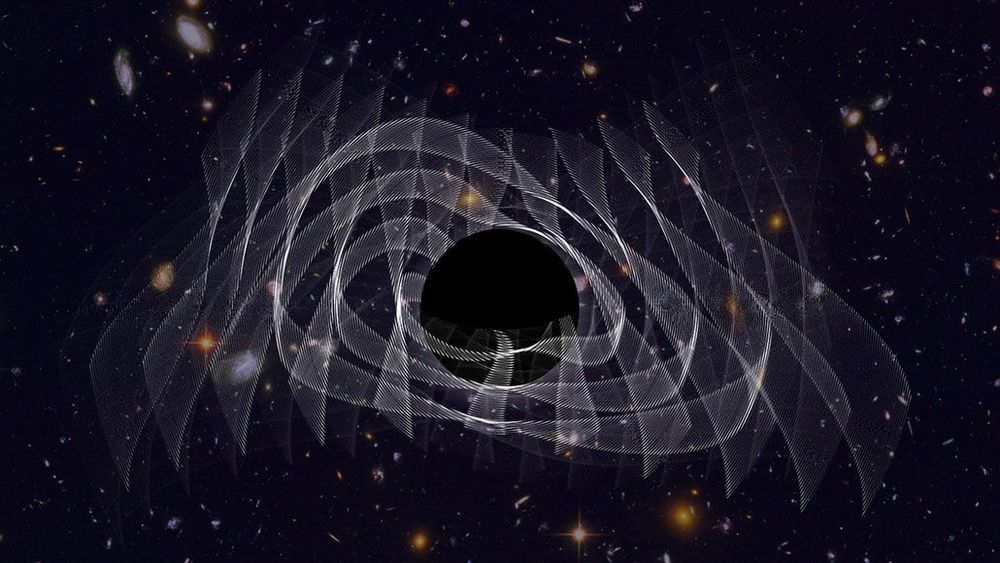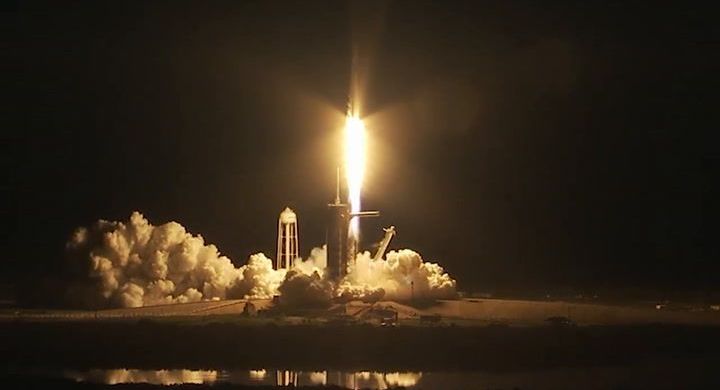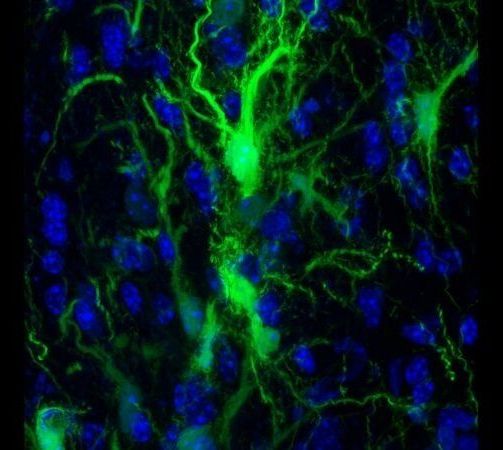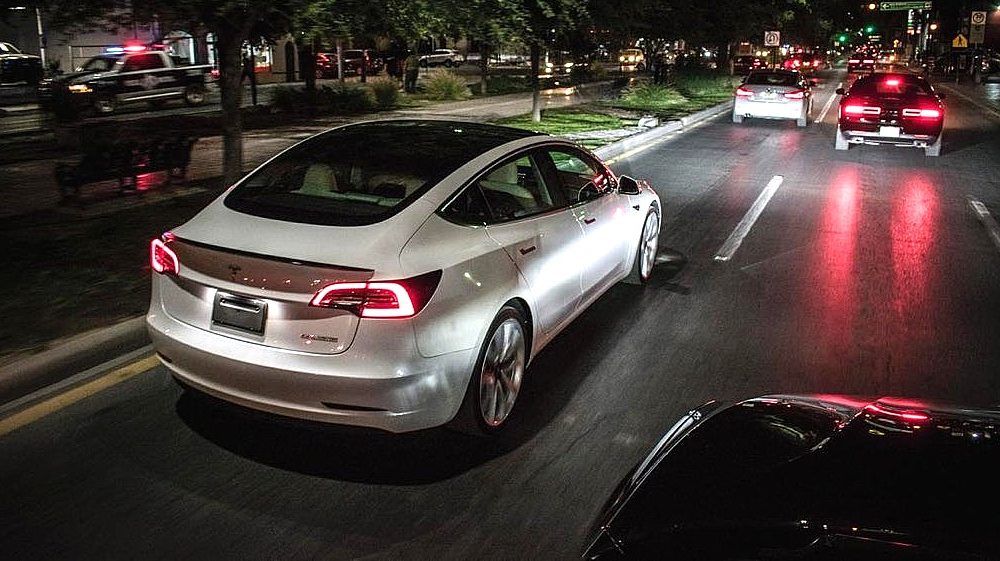Ira Pastor, ideaXme longevity and aging ambassador and Founder of Bioquark, interviews Robin Farmanfarmaian, medical futurist, bestselling author, professional speaker, and CEO and Co-Founder of ArO.
Ira Pastor Comments:
In 2019, we are spending over $7 trillion around the globe on healthcare. $1 trillion goes to pharmaceutical products, $350 billion to medical devices, $200 billion new life sciences R&D, and on and on.
We tend to forget how much consolidation has occurred in these different healthcare segments. The world’s 10 largest pharmaceutical companies control 60% of that trillion dollar market. The top 8 insurance companies in the U.S. control over 50% of all individual patient coverage. In 43 countries, which account for 3/4 the world’s population, patients only have appointment times between 5- 10 minutes with their primary care physicians. As patients, we know what it’s like to feel somewhat separated and insignificant in this system.
We usually talk on this show about the future, and the amazing technologies and products coming down the pipeline for more dramatic things, such as complex regeneration, disease reversion, radical life extension and so forth, but it’s equally important to speak on how we as individuals and patients can put ourselves back in the driver’s seat and not just be an afterthought in the equation.
Today’s guest, who knows a lot about this topic, is Ms. Robin Farmanfarmaian. Robin is a medical futurist, entrepreneur, bestselling author, and professional speaker. She focuses on the future of integrated medicine, the changing role of patients in healthcare decision-making, and how technology will change the way we experience and interact with medical facilities and physicians.



